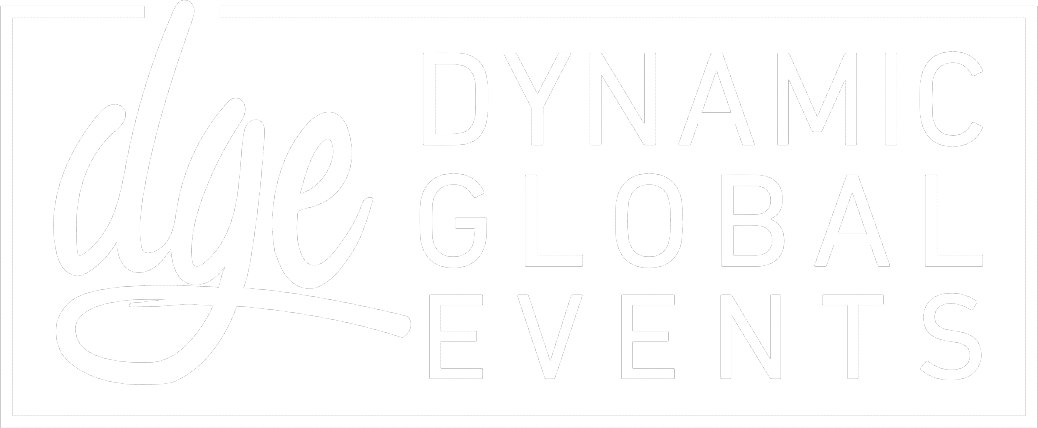The blending of real and virtual life in the medical Metaverse is shaping the future of healthcare. Digital therapeutics, virtual hospitals and training for physicians, digital twin models and even synthetic experts are already being used as artificial intelligence applications grow.
- Define Metaverse and how to access it
- Explore how medical affairs fit into the Metaverse and VR and how companies can benefit from it
- Share examples of what companies and MSLs are doing with new technical applications
Medical affairs is no longer generating actionable insights from a single source, but gathering them from Field Medical/MSLs, Advisory Boards, Medical Information, and social media. How can medical affairs bring all of this data together and quickly identify actionable insights?
- Identify the main challenges medical affairs teams encounter when generating actionable insights
- Share best practices for insight generation and how to measure success
- Utilize technology to gather, organize, analyze and interpret the information
The need to connect and find support, especially across chronic disease communities, has led to an increasing number of patients and caregivers/care partners turning to social media. These disease-specific communities can provide a rich source of patient voice data.
In this case study, an industry-community partnership created evidence from real-world conversations and filled gaps in the medical and scientific understanding of diseases. This in turn informed medical product development and approval while giving back to the patient communities they serve. Some of the benefits of this approach include the following:
- Understand the patient and caregiver/care partner's experience throughout the patient journey in their own words
- Use a listening-first approach to strengthen activities across the continuum of drug development
- Include patients and advocacy organizations as co-authors in your publication planning
- Build a case for patient-centered care and regulatory approvals
Millennials will soon make up the majority of today’s medical field. They are more virtually connected than any generation before them. To engage with the next generation of HCPs, it is crucial to adapt your content to their learning styles.
- Recognize how the next generation of HCPs prefer to learn
- Explore alternative methods to deliver information by utilizing the latest technology
- Establish new partnerships with the legal and regulatory teams to facilitate the quick approval of innovative materials
With the healthcare marketplace accelerating across all phases, there is an ever-present need for efficient and accurate dissemination of medical information to both HCPs and patients. Thus far, the industry has been slow to pivot, leaving medical affairs teams with limited resources and budget to accommodate the increased volume of inquiries received through the product lifecycle. As new product launches and indications continue to rise, new tools must be integrated to ensure optimal customer experience and positive patient outcomes.
Conversational AI can assist your team by:
- Reducing cost center costs by alleviating live chat, messaging, med info, CRM, quality and safety services, adjusting with fluctuating inquiry volume across the product lifecycle
- Automating adverse event and product quality detection with seamless data collection and reporting
- Providing always-on support to improve customer service, defining exception and escalation points based on needs and resource constraints
- Extend services to previously low access HCPs
With the endless amount of vendors and flashy gadgets available, how can you find the best tools that will deliver the best value for your team?
- Determine your data capabilities and requirements
- Identify your unmet data demands and compare them to the operational tools that are currently available
- Simplify difficult decisions by updating technology priorities and selection criteria
As businesses grow more digitally focused, with technology more thoroughly shaping the employee experience, leaders encounter new and unpredictable hurdles to their digital transformation efforts. Do you have the skill set necessary to maintain agile and adaptable leadership?
- Find ways to simplify and streamline your digital systems
- Adopt a digital-first mindset without losing sight of the human experience
- Define what success looks like in the context of digital transformation for medical affairs
- Leverage Digital Health initiatives as a source for RWE
- Monitor Digital Health projects for the insights into patients wellbeing and care
- Identify opportunities for Medical Affairs strategies focused on addressing care gaps and patient outcomes improvement, spanning evidence generation and scientific exchange activities
- Discuss privacy, confidentiality and ethical considerations
- Consider data integrity, bias and quality
Health equality continues to be a significant global healthcare challenge. To create a more inclusive voice, it needs to start with the industry’s most influential opinion leaders to ensure that equity stays top of mind in every phase of the drug lifecycle and healthcare ecosystem.
- Share tips and tools to build a balanced engagement strategy that values diversity of thought and drives real business impact
- Understand where your focus should be to drive diversity of thought leadership across engagement lifecycle planning
- Pinpoint the most important digital publication trends
- Recognize preferred 'watering holes' for clinicians, policymakers, and patients
- Build new 'watering holes' through properly siloed medical affairs, medical information, and omnichannel releases
- Rely on the best metrics and KPIs to determine reader engagement
Cross-functional collaboration may seem like a daunting task, but it proves many benefits. When started early, it produces development and launch opportunities, boosts efficiency, and can even provide an improved customer experience.
- Envision what real collaboration throughout the product lifecycle should look like
- Improve planning to enhance the customer experience across all accounts
- Leverage digital tools for better in-field coordination and insights-sharing
Compliance is a major consideration among Medical Affairs professionals when it comes to developing scientific resources and how they are utilized in the field. Guidance is constantly evolving regarding what types of materials can be used reactively, vs proactively, and how they are approved. This session focused on innovative ideas and potential strategies for compliant scientific exchange
- Overview of scientific resources that are traditionally used in the field and compliance considerations
- Discuss out-of-the box opportunities for medical affairs to bring value to HCPs through compliant resources
- Increase the visibility and reach of congress presentations and publications
- Learn how to collaborate with marketing and other internal stakeholders to create compliant materials or engage with virtual activities to meet goals
The blending of real and virtual life is shaping the future of healthcare and Millennials, who are virtually more connected than any other generation before them, will soon make up the majority of today’s medical field. Therefore, there is a need to integrate digital activities into an overall Medical Affairs strategy to achieve objectives.
- Medical Affairs Strategy –Developing an overall product or disease strategy and then determining how digital and omnichannel approaches can be leveraged to enhance traditional activities is critical as we evolve how we engage. Especially as healthcare is becoming more dispersed into the community and MSL engagements do not usually go to the smaller practices
- The growing demand for data and analytics
- Creating a plan of action to implement medical and digital strategy, collaboration amongst a range of internal and external stakeholders, the need for flexibility and speed, and a plan for monitoring and evaluating success
As digital health solutions continue to revolutionize the healthcare industry, it is essential for medical affairs professionals to stay current on the latest trends and evidence-based strategies.
- Discuss the type of evidence required for effective implementation
- Examine the challenges faced in gathering and utilizing evidence
- Explore directions for future research and development
KTLs interact with each other in complex ways that can be mapped into network graphs; those graphs can subsequently be used to maximize the value of communication and generate granular insights.
- Define the types and uses of Network Graphs
- Rely on Natural Language Processing and Network Graphs to generate granular insights
- Use simulations and AI to optimize information diffusion among KTLs
With the Americans with Disability Act (ADA) in place for over 32 years, the practice of digital accessibility has experienced a crescendo in recent years, and has become a central tenet to Environmental Social & Governance (ESG) and Diversity Equity & Inclusion (DE&I). While the Web Content Accessibility Guidelines provide the global standards, the mobilization of a global pharma company to adopt accessibility best practices across its Information & Communication Technology (ICT) landscape can be quite overwhelming. Explore key components of a digital accessibility program, including:
- Where digital accessibility sits within a large global company
- Creating digital accessibility policy and governance
- Workstreams in a global digital accessibility program

























